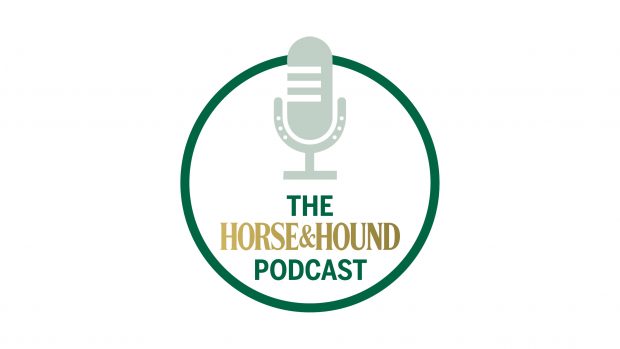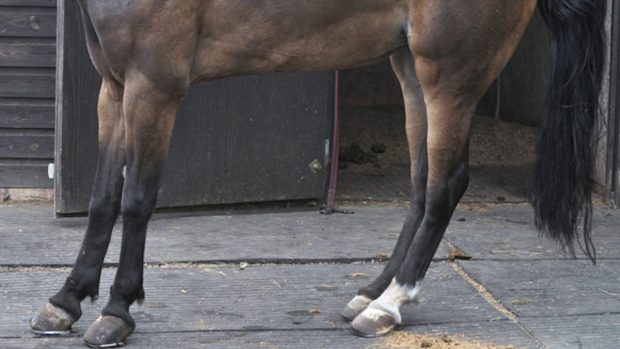Spillers' equine nutritionist Clare Barfoot provides one H&H forum user with some helpful advice on how to add topline onto a horse who is a good-doer
Q: “I’m looking for some advice in what to feed my 14.2hh 20-year-old Welsh Section D with Cushing’s. He’s currently on top chop lite with senior lite balancer and he looks in good condition, but he doesn’t seem interested in the chaff anymore. I’ve looked at Happy Hoof, Safe and Sound and Healthy Hooves, as he’s also laminitic, but they all seem to be complete feeds, so I’m slightly concerned that he would lose his good condition coming off the balancer. He also has garlic and Brewers yeast, and Lami Guard and Prascend. I welcome any advice.”
A: Feeding a horse with Cushing’s syndrome (PPID) can be a tricky balance between maintaining ideal condition and muscle tone whilst reducing the risk of associated conditions such as laminitis. As laminitis can be one of the most difficult to manage side effects of Cushing’s it is important to manage your gelding similar to a laminitic. This means keeping the non-structural carbohydrate level (NSC= sugar, starch and fructan) as low as possible which in practical terms means limiting access to grass especially during high risk times usually during the spring and autumn months. Methods of grass restriction include using a properly fitting muzzle (although these should not be used 24/7), strip grazing or grazing in a sparse paddock. Care should be taken if you restrict the time out at pasture as ponies in particular are quick learners and can eat up to 1% of their bodyweight in 3 hours, which is approximately half of their typical total intake! If feeding hay or haylage it is advisable to have it analysed to ensure the NSC content is less than 12% on a dry matter basis. Soaking hay for up to 16 hours can also help to reduce its sugar content, although the extent to which the WSC is reduced is variable and can’t be guaranteed therefore analysing is always best.
Continued below…
Related articles:
When choosing a suitable compound feed look for feeds low in NSC and high in fibre with appropriate levels of vitamins and minerals to balance the diet and support an older horse. The diet you are currently feeding is perfectly suitable but if your gelding isn’t enjoying his chaff anymore you do have some alternative options. You could feed a complete chopped fibre based feed like SPILLERS HAPPY HOOF® or SPILLERS HAPPY HOOF® Molasses Free or if your gelding has really gone off chopped fibres you can opt for a low starch cube such as SPILLERS® High Fibre Cubes. Feeding a balancer provides vitamins, minerals and quality protein but is not needed if you are feeding the full recommended amount of compound feed which for your boy is about 2.5kg per day. Balancers provide negligible calories (energy) therefore removing it should not affect his body condition. If however you feed less than the recommended amount of compound feed feeding a balancer will help top up any deficiencies in vitamins and minerals. SPILLERS® Lite and Lean Balancer is ideal in this situation as it contains extremely high levels of lysine an important amino acid that is often lacking in forage based diets.
If your gelding does drop any weight look for feeds that contain calories coming from oil and fibre rather than cereal starch, such feeds may not say ‘conditioning’ on the bag but if in doubt call a company careline for specific advice.
For more information on feeding a horse or pony with Cushing’s call the SPILLERS® Care-Line on 01908 226626.





